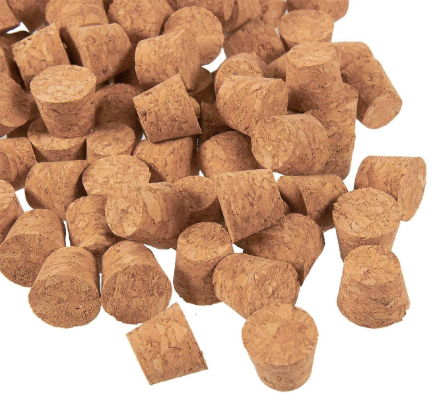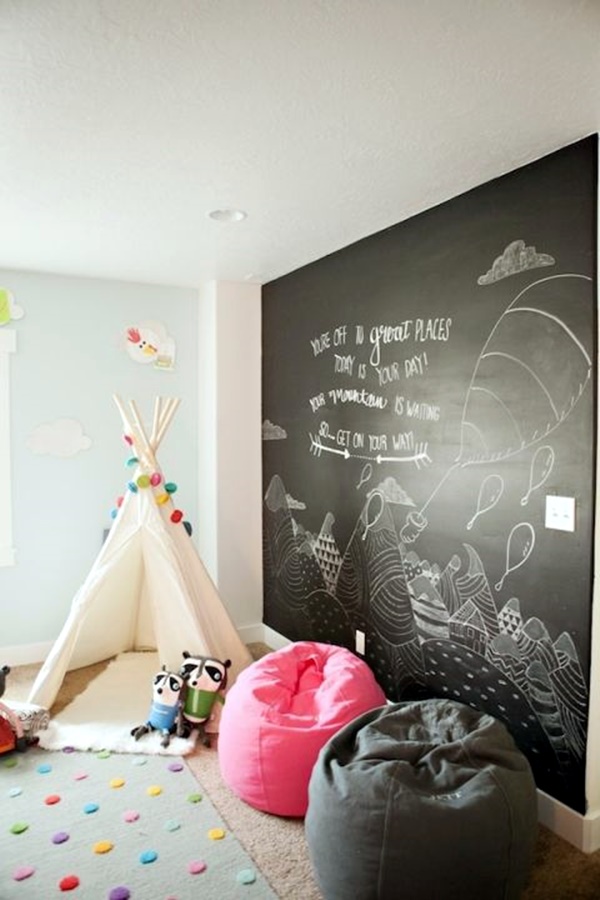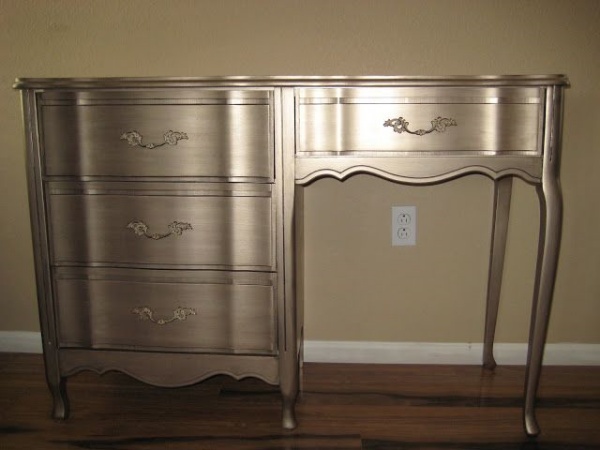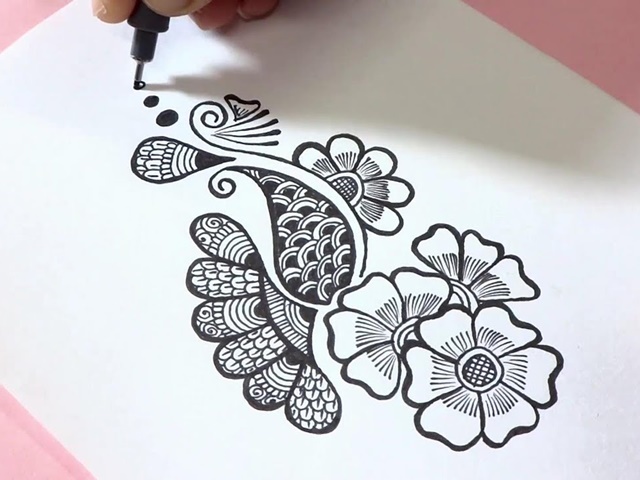There is one thing that is certain about glass jars and cork – they look awesome together! Whether you have the skills of a professional chef or you are the Mac-and-Cheese kind of person, the combination of cork and jars is the perfect addition to your kitchen. However, let’s talk about functionality for a second. Even if you do not exactly use your kitchen 24/7, some maintenance is required (obviously), and the same goes for those jars, and especially the lids. Here are some tips for maintaining lids that are made out of cork. But before that, let’s get familiar with cork as a material.

A few words about cork
Cork is basically tree bark, which makes it the perfect eco-friendly solution to use for the lids of pretty much any container. It’s made out of oak tree bark, and no trees are harmed during the process. For over 400 years, cork has been used as a healthy closure for bottles, jars, and other containers.
Is cork an effective closure?
Yes, it is! Just think about wine, for example. Every sommelier or just regular wine-lover will prefer wines with cork stoppers. There are over 800 million cells found in a single natural cork stopper, and this is what makes the difference. There is no other solution that combines the inert nature of cork and its flexibility, impermeability, sealing capacity, and resilience.
In fact, cork is hydrophobic (it repels water) and the strong cellular structure of the bark allows it to retain a very high percentage of air. This prevents degeneration when used in humid environments, which makes it perfect for kitchens. Another thing about cork is that no matter how much pressure is exerted on it, it will return to its original shape. It’s basically the perfect material for sealing.
Now that we covered the effectiveness, it’s time to talk about:
How to clean cork effectively
First, cork does not absorb dust, which means you should not worry about cleaning your cork lids too often. Second, cleaning cork is quite simple, period.
However, if you have lids that were coated in a layer of grease, you would need a few tips and tricks before proceeding with the actual cleaning. Also, jars that have been stored in basements for years may be quite dirty, including their lids. Fear not; as the following guide can handle the toughest stains and can efficiently restore the original aesthetic appeal of every retro jar with a cork lid on top.
Here’s everything that you need to do, a step by step guide…
#1. Put on gloves.
#2. Add a few drops of detergent to a small bowl, fill it with warm water, and stir gently.
#3. Dip a clean, preferably lint-free cloth, and wipe the cork lids thoroughly.
Extra tip: you can focus the wiping on the dirties area.
#4. Rinse the lids with cool water to remove the detergent.
#5. Place the lids on a hard and clean surface.
Extra tip: You can use your cutting board or even the countertops.
#6. Let them dry for at least 2 hours.
#7. Fill up a spray bottle with white distilled vinegar OR undiluted hydrogen peroxide.
PRO tip: Never combine the two ingredients, use only 1!
#8. Spray each lid lightly on all sides and be careful not to oversaturate the cork.
Extra tip: You’re aiming to wet the lid so that it’s still a little bit wet to touch after 10 minutes but will shortly after that.
#9. Repeat #5 (hard surface) and wipe any excess solution off with a dry lint-free cloth.
Extra tip: You can also use a paper towel.
Your lids should be perfectly sanitized by now. If there are tough stains remaining, you can use bleach to remove them. Here’s how to do that:
#10. Add 1 capful (5 ml) of bleach and 3 capfuls (15 ml) of water to a small dish.
#11. Dip a cloth in the mix and apply to the stained areas of the cork.
#12. Pay close attention to the lids as they begin to lighten up.
#13. When the spots are lightened enough, combine 1½ tablespoons of hydrogen peroxide with 1 cup of water in a dish.
#14. Dip the bleached portions to neutralize the bleach.
#15. In 20 minutes, rinse the cork thoroughly with cool water and let them dry completely.
In conclusion
Not only is cork eco-friendly, but it’s the best sealing solution for jars and bottles. While it requires almost no maintenance, it can be cleaned very easily unless it has grease on it or the jars that have been gathering dust for decades. If this is the case, following the steps from above will guarantee you a spotless clean cork.












